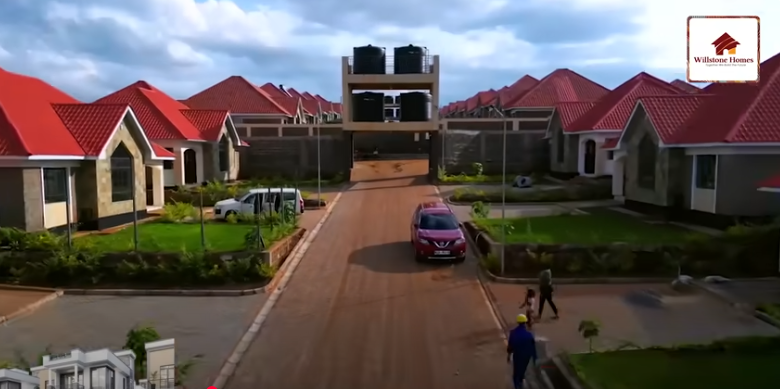Housing in Nairobi has always been complex, balancing government regulation, private investment, and fast-rising demand. As we step into 2026, one debate continues to dominate: Rent Control in Nairobi — is it protecting tenants or discouraging landlords?
Contact Us
- Park Suites, 44 Parklands Road, Ground Floor, Suite 1, Willstone Homes
- +254711082011
- [email protected]
Let’s break down how rent control works, what the law says, and what the market is really doing on the ground.
What is Rent Control in Nairobi?
Rent control in Kenya is governed by the Rent Restriction Act (Cap 296). It applies mainly to older residential properties whose monthly rent is below KES 2,500 — a figure set decades ago and never updated to match modern housing costs.
In practice:
- Most modern apartments in Kilimani, Westlands, Kileleshwa, and Ruaka are not covered by rent control.
- Rent control cases typically involve older estates in areas like Eastleigh, Pangani, and parts of Ngara.
This means while the law exists, the Nairobi housing market has largely moved beyond it.
Read Also: Affordable Luxury: How Gated Communities Are Redefining Middle-Class Living in Nairobi
Rent Control vs. Market Reality

1. Nairobi Rental Trends (2024–2025 Data)
- Average rent for a 2-bedroom in Kilimani: KES 75,000
- Average rent for a 2-bedroom in Syokimau (gated estate): KES 35,000–45,000
- Average rent for a bedsitter in Roysambu: KES 12,000–15,000
Market forces — location, demand, amenities — matter far more than outdated rent control laws.
2. Why Rent Control is Fading
- Urban growth: Satellite towns like Ruiru, Kitengela, and Athi River are absorbing demand.
- Inflation: Landlords adjust rent to offset rising construction and financing costs.
- Law mismatch: A cap of KES 2,500/month is irrelevant in a city where most apartments are 20–30x that.
3. What Tenants Can Expect in 2026
- Rents in Nairobi’s CBD and inner suburbs will continue rising 5–10% annually due to high demand.
- More affordable options will be found in satellite towns, supported by infrastructure like the Nairobi Expressway and commuter rail.
- Tenants should budget for service charges (KES 10K–25K in apartments, lower in gated estates).
4. What Landlords Can Expect in 2026
- Investors will focus less on traditional apartments and more on gated communities where service costs are manageable.
- Short-term rentals (Airbnb) will remain lucrative in Kilimani and Westlands.
- Market forces, not rent control, will drive rental yields.
Rent Control vs Market Reality in Nairobi (2026 Snapshot)
| Factor | Rent Control Law | Actual Nairobi Market |
|---|---|---|
| Rent cap | KES 2,500/month | 1BR in Kilimani: KES 55K–70K |
| Coverage | Old estates only | 95% of modern housing not covered |
| Tenant protection | Strong (on paper) | Weak, market-driven |
| Landlord returns | Restricted | High in prime areas, moderate in satellite towns |
| Outlook 2026 | Unchanged unless law is revised | Market prices continue rising |
For most tenants and landlords, Rent Control in Nairobi is more theory than practice. In 2026, actual rental costs will continue to be shaped by location, demand, and infrastructure — not outdated laws.
For tenants, the smarter move is to look beyond the crowded CBD and embrace satellite town gated communities, where rent is lower, space is bigger, and costs are more predictable.
Read Also: Urban Apartments vs Satellite Town Homes in Nairobi: Which is the Smarter Buy in 2025?
Willstone Homes
At Willstone Homes, we build modern gated communities in Nairobi’s satellite towns, designed for both homeowners and rental investors. With lower service charges, better amenities, and family-friendly layouts, Willstone estates give you true value beyond Nairobi’s unpredictable rental market.
👉 Explore Willstone Homes today — the affordable, stable alternative to Nairobi’s rising rents.




